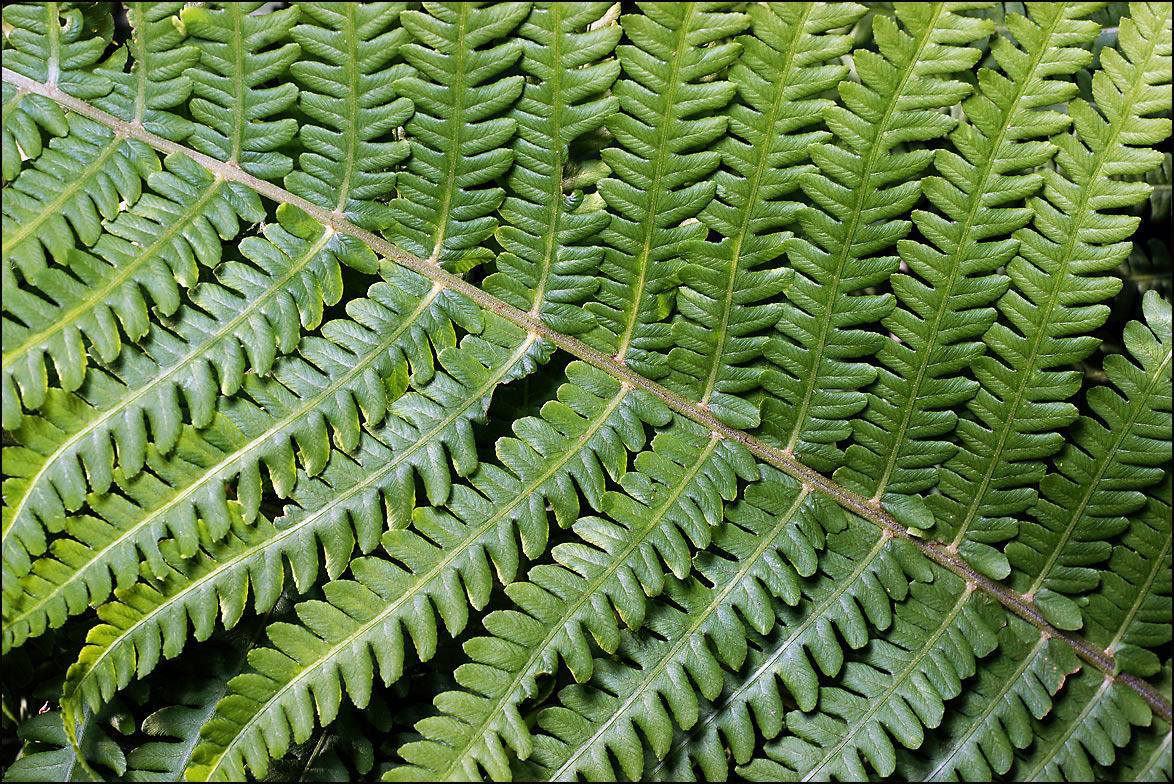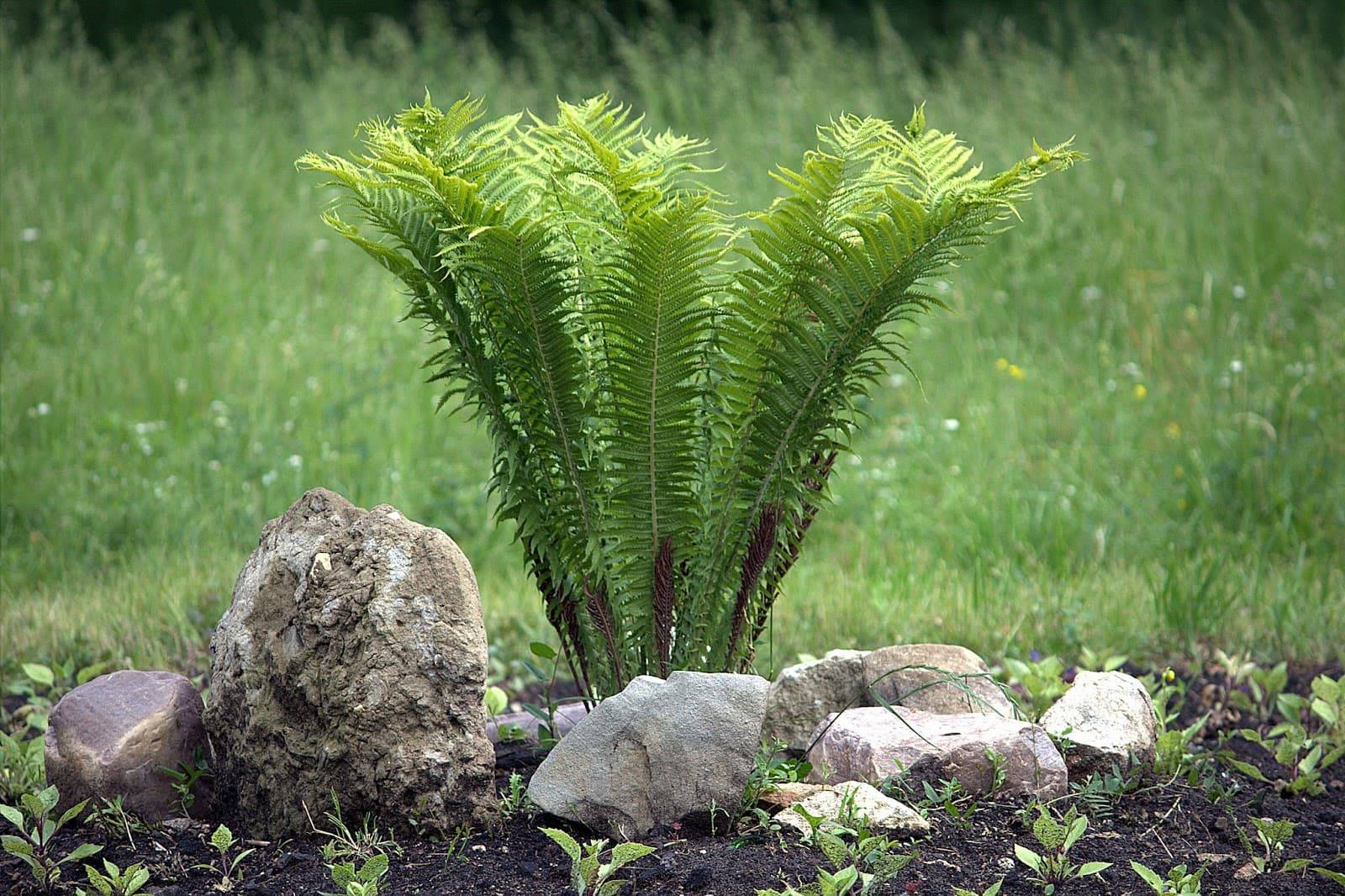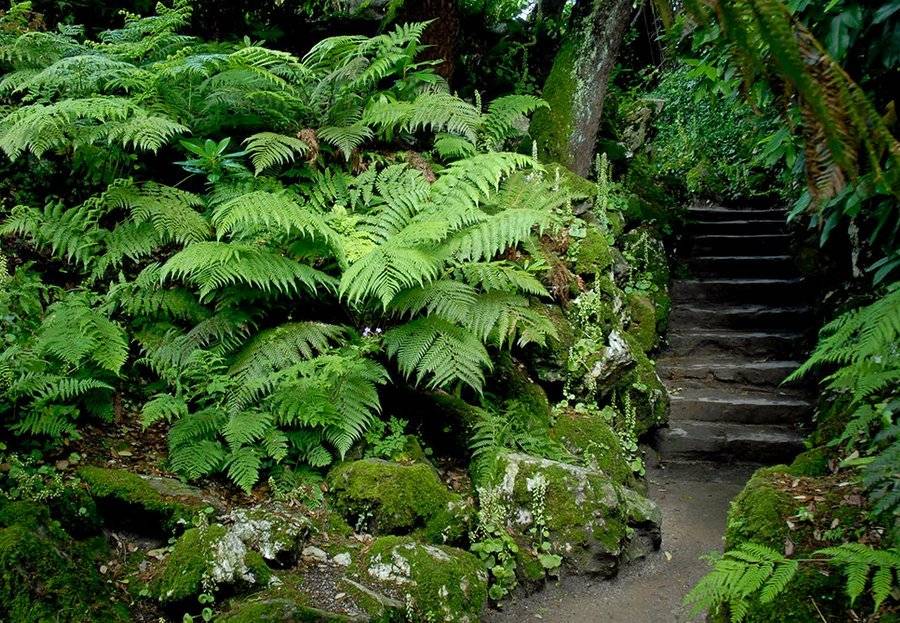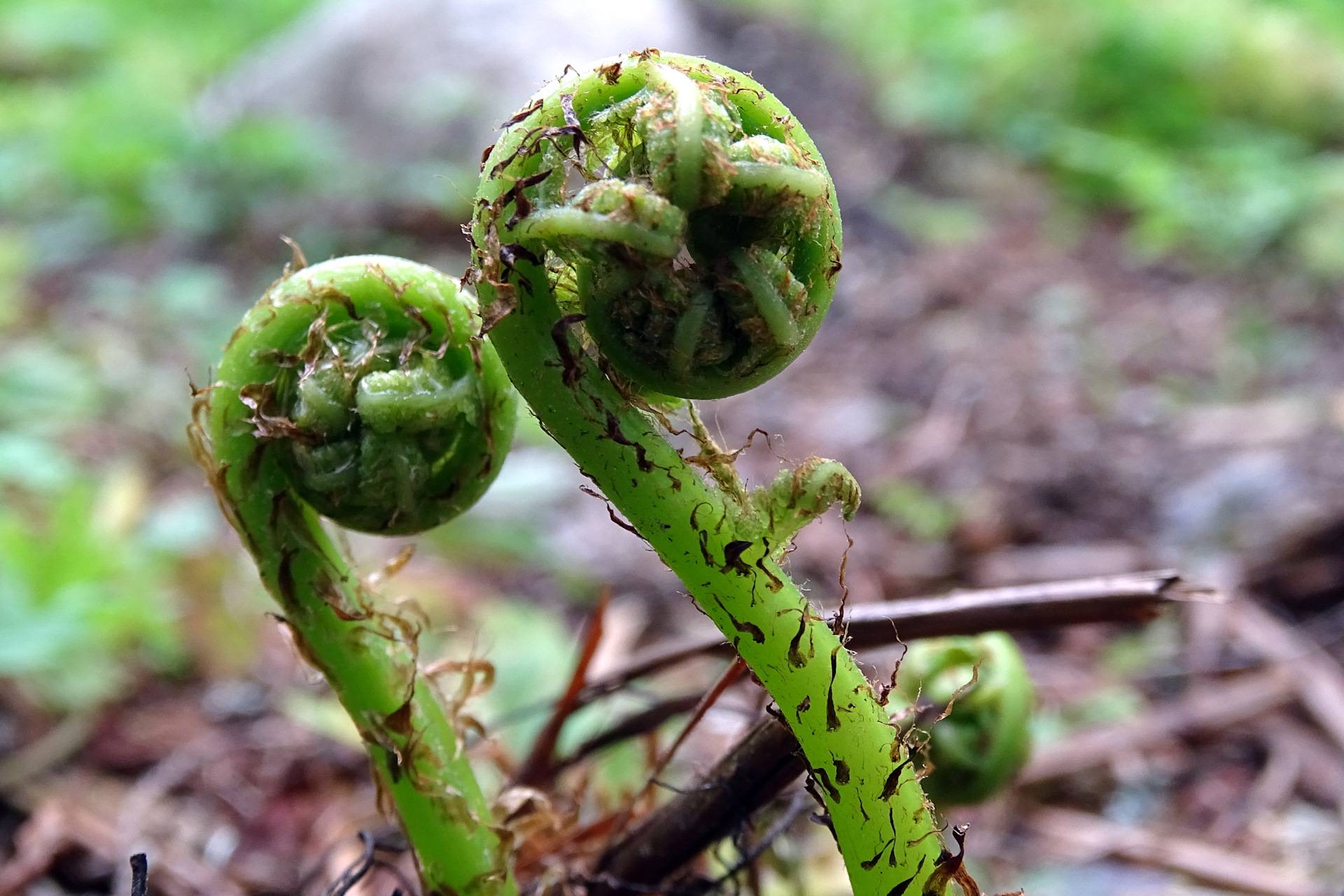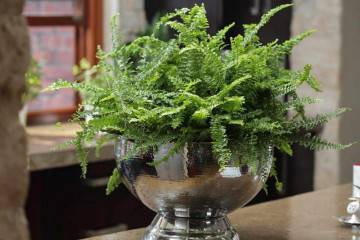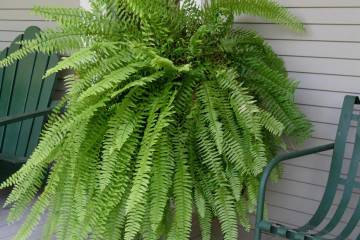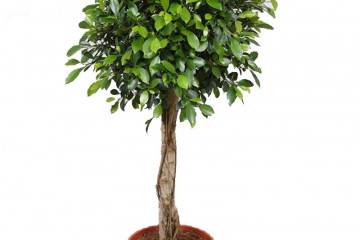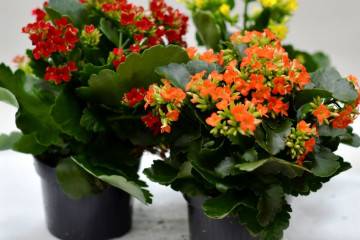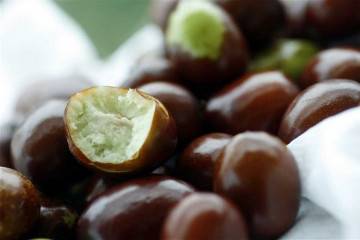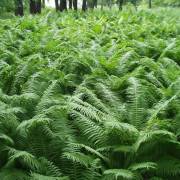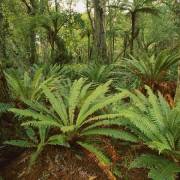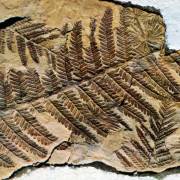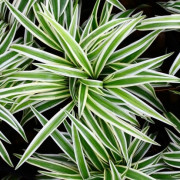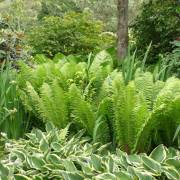Fern Ostrich - how to grow properly?
Content:
There are currently over 20,000 fern species. The ostrich is one of the most beautiful and unusual representatives of this class. In nature, it grows on the banks of rivers and lakes, in swamps and coniferous forests. This type of plant is a frequent visitor to suburban areas, gardens and parks. The unusual appearance and unpretentiousness made the Ostrich a favorite plant of gardeners in Russia.
Description of the fern Ostrich: what is this flower
Fern The ostrich feather is a perennial plant more than two meters high. In width, it can reach 100 cm. This is the largest plant among the representatives of the Onokleev family. It got its name because of the shape of the leaves, which outwardly are very similar to the feather from the tail of an ostrich. In Russia, the Ostrich grows in the Siberian, European and Far Eastern parts.
The first shoots appear in May. The process of their opening is a fascinating sight: small twisted shoots gradually unfold into wide feathery leaves.
There are two different types of branches growing on the ostrich fern:
- sterile - form an even funnel shape due to the simultaneous growth of stems. These are long and feathery leaves of a bright green color that die off in winter;
- spore-bearing - small shoots inside the ring of sterile branches. Their color varies from light green to dark brown as they grow. Spore-bearing branches do not fall off in the winter season. In late summer and early autumn, they spray spores for further reproduction.
The root system is strong and long, thanks to which the fern tends to grow very quickly throughout the garden, absorbing other, weaker plants.
Ostrich in landscape design
Ostrich is a fern that is used in the design of park areas and personal plots. Most often it is planted under the crowns of trees and other shady corners of the garden. This plant is able to successfully hide the bare roots of shrubs or faded bulbous flowers that spoil the appearance. In the flowerbed, the fern will be an excellent backdrop for tall plants. Good for decorating boulders, alpine slides, trees and the edge of a pond.
The lush plant forms are ideal for decorating a naturgarden or eco-garden - the direction in which plants and landscape elements are arranged in natural disarray.
Varieties and varieties of Ostrich
There are four varieties of the Ostrich fern, but only two of them are widespread: common and Far Eastern.
The common species can be found almost throughout the territory of Russia. Most often, it is he who is used for landscape decoration. It easily tolerates frost and harsh climatic conditions. This species grows mainly in wet or swampy areas.
Common fern varieties include:
- royal (King);
- Jumbo (Jumbo);
- Tousled Feathers (Bedraggled);
- Erosa.
Externally, the eastern fern differs from its counterpart only in its smaller size: the plant grows up to 60 cm. In winter, spore-bearing shoots die off. The plant does not tolerate frost, so in winter the fern needs shelter.
Features of planting and caring for the fern Ostrich in the garden
Fern does not need sunlight, preferring shade. Will grow in the sun, but it will need frequent watering. In a well-lit place, the Ostrich grows only up to 80 cm. The leaves of such a plant are lighter than those of their counterparts growing in the shade.
Landing dates
Planting time depends on the fern breeding method. Germinated spores are planted in the spring in warm weather.
With the vegetative method, two periods are suitable for planting:
- early spring, before the first leaves appear;
- August, before the onset of sporulation.
Site selection and soil preparation
When choosing a place for planting, it is important to take into account not so much the degree of illumination as the level of soil moisture, since dry soil is contraindicated for plants of the Fern family. The ostrich fern prefers well-moist, neutral or slightly acidic soil. Otherwise, it is unpretentious to the quality of the land and does not need fertilization.
How to water the Ostrich
Fern hardly needs to be looked after. It is enough to periodically water and spray the bush, maintaining a high level of soil moisture. Stagnant water can lead to the formation of fungal diseases.
The optimum air temperature for the Ostrich is up to 25 ° C. At higher temperatures, the plant needs twice its water volume.
How fern reproduces ostrich feather
The fern reproduces both by spores and vegetatively.
Spores develop on the central leaves of the ostrich fern. The collection of spores is carried out depending on the ripening time, usually late summer or early autumn. The readiness of spores to reproduce can be determined by the darkening of their color.
To grow a fern from a spore on your own, you must perform the following steps:
- Gently pick up spores by hand or with a stiff brush. Dry them in a paper bag for a week.
- Prepare spores for germination - remove dust and dirt.
- Place the spore in a container with a mixture of peat and humus, steamed in a water bath.
- Put a closed container in a bright place for two weeks, sprinkling with water from time to time.
- Increase the spraying frequency after the seedlings have risen above 5 mm. Open the lid once a day to allow the plant to get used to room temperature.
- After 2 years, the fern must be transplanted into open ground.
The vegetative way is faster and easier. A part of the root with buds about 10 cm long is cut off and planted at a distance of at least half a meter. This should be done before the shoots grow - in early spring.
Pruning and sheltering for the winter
The fern does not need pruning. However, due to its high growth rate, it must be thinned out every three to four years.
To prevent the fern from growing, it is placed in a form that restricts the growth of the root system and crown. The total height of the mold should be no more than 20 cm.
Most fern species are frost-hardy and do not need shelter for the winter; some of the leaves fall off in the fall, forming a natural protective layer. The ostrich also tolerates cold well, but retains its foliage. In severe frosts, it is recommended to cover the roots with foliage and needles.
Diseases and pests
This type of plant is little susceptible to diseases and pests. However, planting in areas with high humidity coupled with dense planting can cause the appearance of a marsupial fungus. The disease can be recognized by the appearance of brick-brown spots on the leaves. To eliminate the fungus, it is necessary to remove the damaged shoots and burn. Treat leaves untouched by the disease with a systemic fungicide such as granosan, foundationol, topaz. As a preventive measure, the bushes are annually treated with a solution of copper sulfate.
Fern can be infected from nearby plants by slugs, snails, butterflies, spider mites and aphids. Against parasites, agents such as fitoverm, derris, intra-vir are used.
Fern The ostrich is an ideal plant for creating compositions in landscape design. Even the most inexperienced and lazy gardener can handle it. Undemanding to soil, temperature conditions and maintenance, it can grow in almost any area. These qualities make the fern indispensable for landscaping land in the Russian climate.
